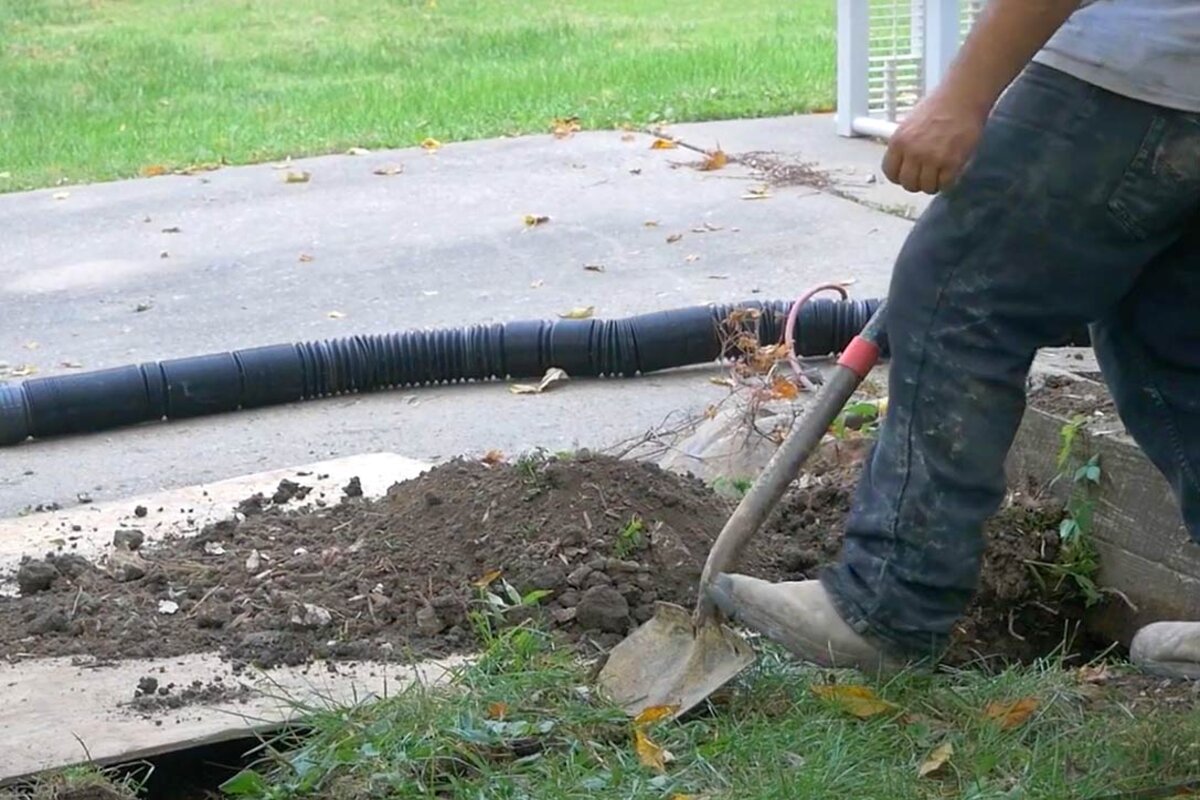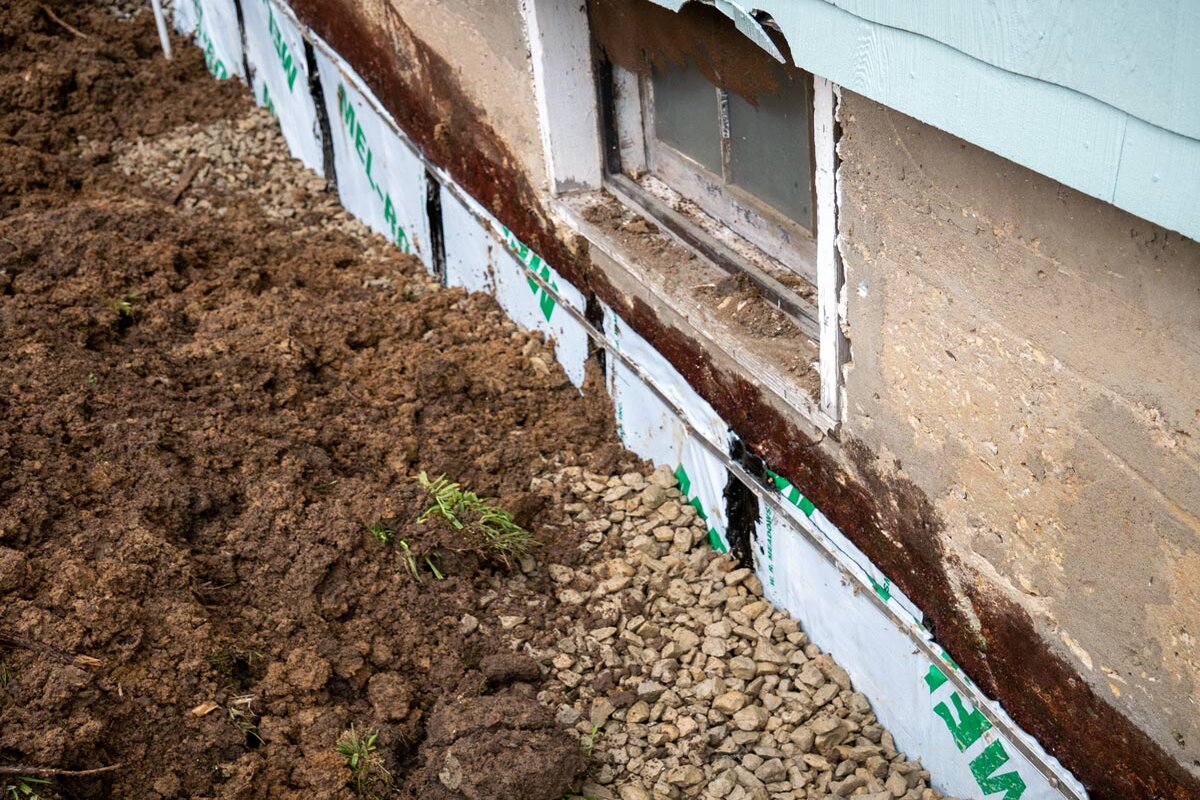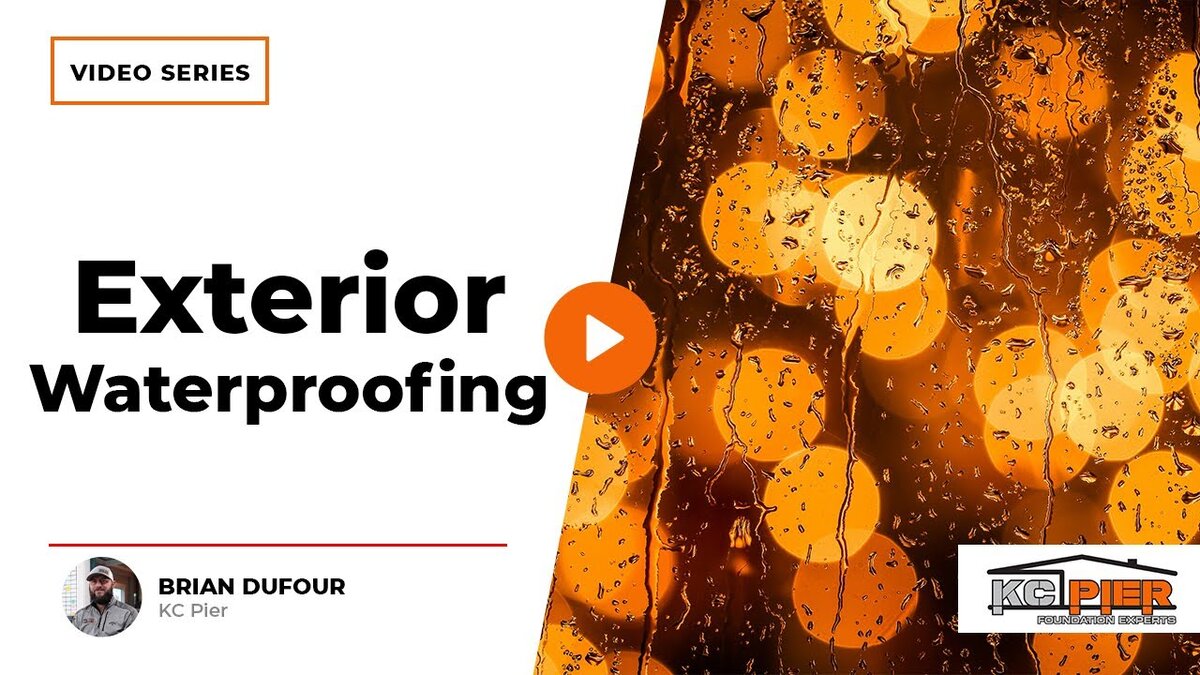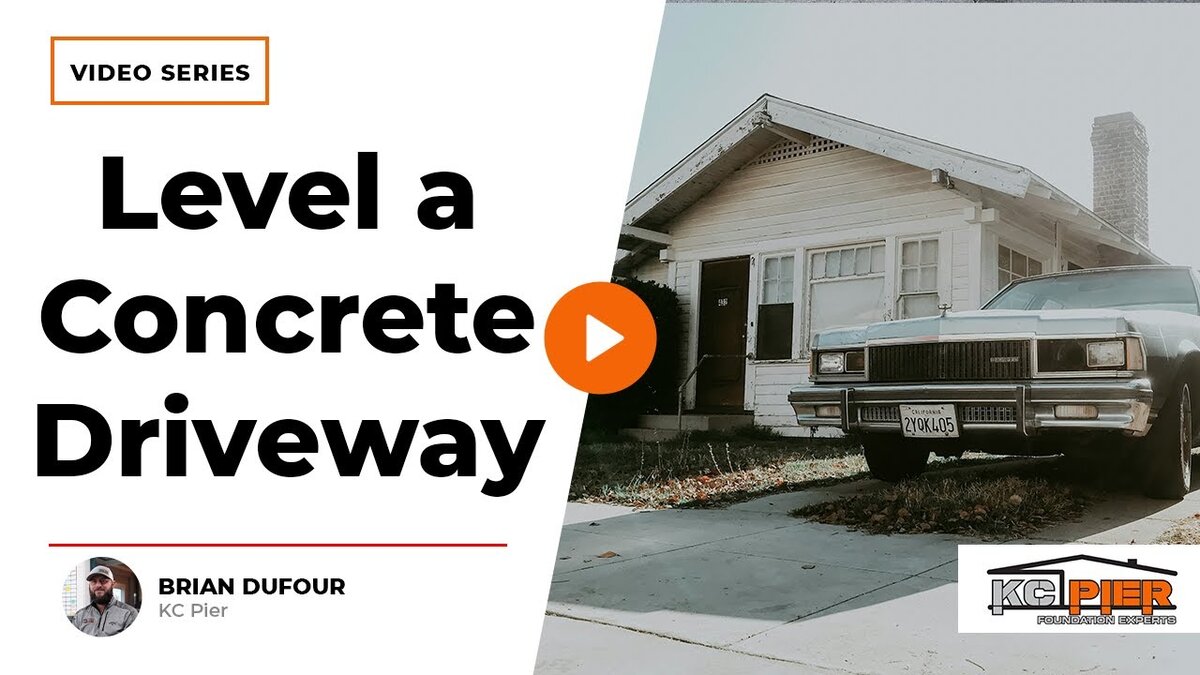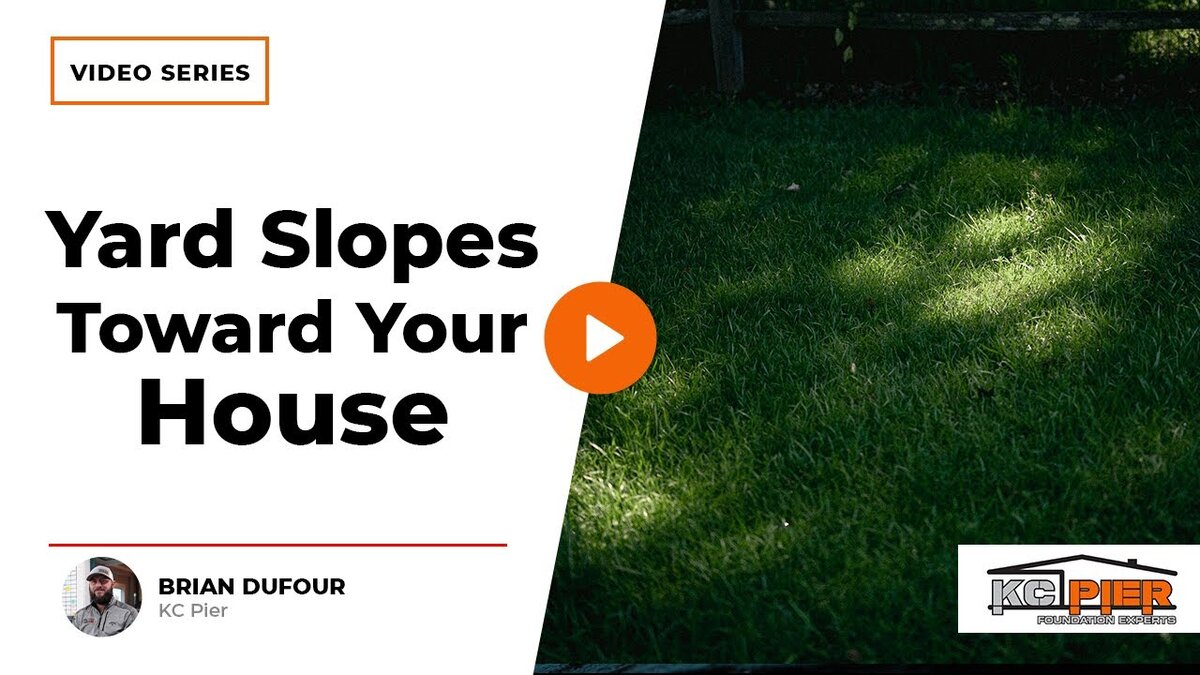Bowing basement walls develop over time due to pressure from surrounding soil and excess moisture. If left unaddressed, they can weaken your home’s foundation and lead to costly repairs.
In this post, we’ll explain what causes basement walls to bow, how to identify early signs of damage, and the best repair methods to stabilize and protect your foundation.
What Causes Bowing Basement Walls?
One of the primary causes of bowing walls is excess moisture near the foundation. When too much water builds up in the soil surrounding your home, the soil expands. This expansion creates hydrostatic pressure against the basement walls. Over time, the force becomes too much for the wall to handle, causing it to bow inward.
Here’s a breakdown of key contributors:
- Poor drainage: Clogged or improperly placed gutters can cause water to pool around the foundation.
- Grading issues: If your yard slopes toward the house, water will naturally flow toward the foundation instead of away from it.
- Expansive soil: Certain types of soil, such as clay, are more prone to absorbing water and expanding, putting increased pressure on basement walls.
When these factors are left unchecked, they create a perfect storm that can lead to significant wall movement and cracking.
How to Identify Bowing Walls Early
Catching the problem early can save you time, money, and stress. The first signs of bowing basement walls include:
- Horizontal cracks: These are often found near the middle of the wall and indicate pressure pushing the wall inward.
- Diagonal cracks: Cracks running from the corners of the foundation toward the center are another warning sign.
- Wall movement: If you notice the wall is visibly leaning inward, it’s time to act quickly.
If you spot any of these signs, we recommend contacting a foundation repair expert right away. Addressing the issue promptly can prevent further damage and more expensive repairs.
Fixes for Bowing Basement Walls
There are several methods we use to repair and stabilize bowing walls. The right solution depends on the severity of the issue:
1. Stabilization with I-Beam Braces or Earth Anchors
If the wall is caught before it bows too far inward, we can stabilize it where it is. This involves:
- Installing I-beam braces: These provide vertical support to prevent further inward movement.
- Using earth anchors: Anchors are placed in the stable soil outside the wall and connected with steel rods to pull the wall back into position.
Both methods effectively stop further damage and keep your basement safe.
2. Excavation and Wall Restoration
In more severe cases where the wall has already moved significantly, stabilization alone won’t be enough. At this stage, we’ll need to excavate the wall and restore it to its original position. Here’s how the process works:
- Excavating down to the footing: We remove the soil from around the affected wall.
- Pushing the wall back to plumb: Using specialized equipment, we carefully push the wall back into its correct position.
- Waterproofing the exterior: Once the wall is straightened, we apply waterproofing materials to protect it from future moisture damage.
- Backfilling with gravel: Instead of using the same expansive soil, we backfill with 90% gravel. Gravel acts as a crush barrier, absorbing any pressure from the surrounding soil. This ensures the wall won’t experience future inward movement.
Preventing Future Issues
Once the repair is complete, prevention is key to avoiding another round of bowing basement walls. Here are some steps you can take:
- Maintain proper drainage: Ensure your gutters and downspouts are clean and direct water away from the foundation.
- Grade your yard correctly: The soil around your home should slope away from the foundation to reduce water buildup.
- Regular inspections: Periodically check your basement walls for any signs of cracks or movement. Early detection can save you a lot of hassle later.
By taking these proactive steps, you can significantly reduce the risk of future foundation problems.
In Summary
Bowing basement walls are a serious issue, but with timely action and the right repair methods, you can protect your home’s foundation and prevent further damage. Whether it’s stabilizing with I-beam braces or excavating and restoring the wall, we have the experience and expertise to get the job done right.
If you’ve noticed cracks or bowing in your basement walls, don’t wait—contact us today for a professional inspection and repair plan. We’re here to help you keep your home safe and secure.


